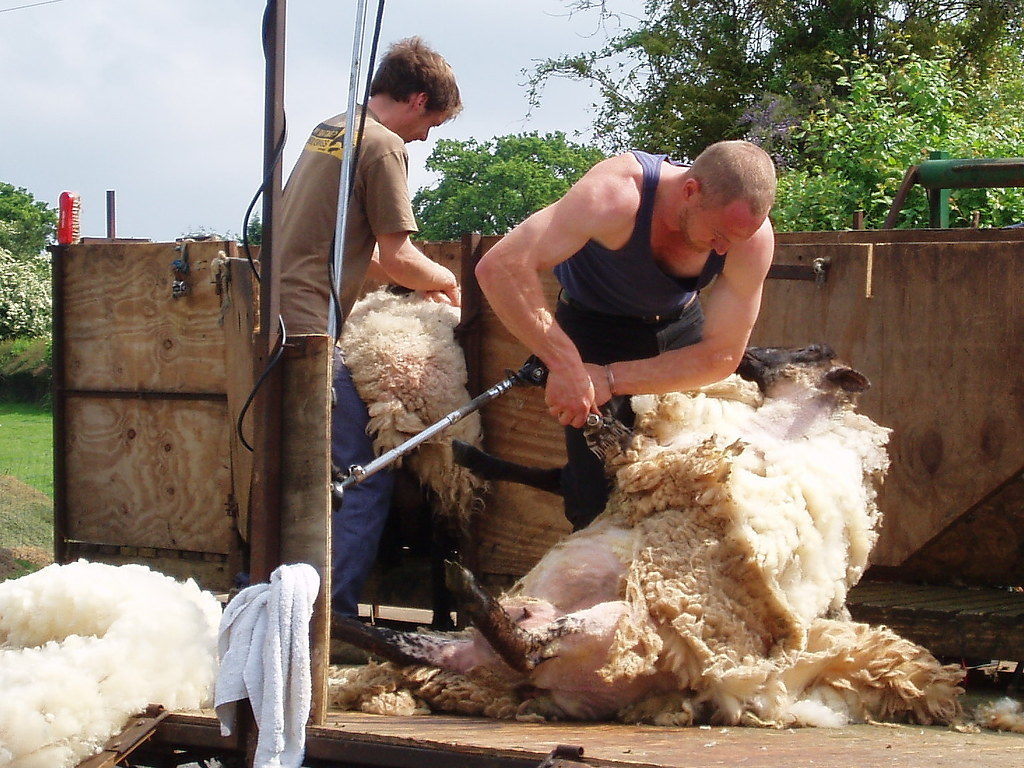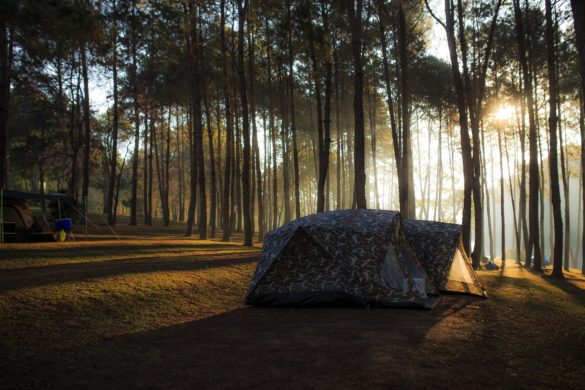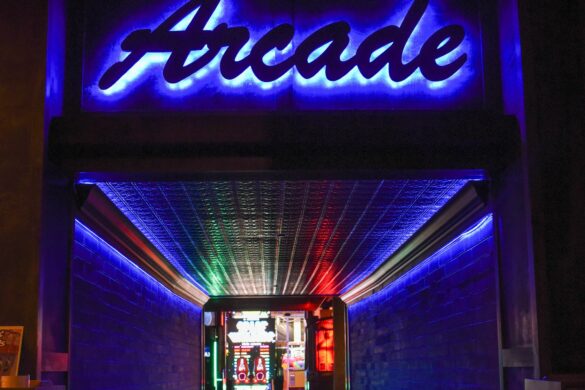
Despite the UK consisting of four different countries, the nation’s packed with multiple cultures and traditions. Bristolians aren’t the same as Brummies, Glaswegians aren’t the same as Geordies. With the UK containing 69 cities across it’s four nations, it surely comes with no surprise that traditions across them vary, but some are quirkier than others.
Together, with gas bottle suppliers Flogas, we look at several quirkiest traditions that exist within Great Britain and Northern Ireland, investigating how they come to exist and examine the backstory behind their origins.
Haggis Hurling
Known as a sheep pluck delicacy, Haggis itself is specific to Caledonia and is quite a common tradition. Each year on the 25th January, or Burns Night as it is more commonly known, Scots tuck into haggis, neaps, and tatties as part of their celebration supper. However, a lesser known tradition about the nation is their annual participation in ‘Haggis Hurling’. The tale suggests that in the 17th century, when men were working in the fields during the day, their wives would cook them a haggis for their lunch and throw it across the river. The man would then use the front of his kilt, which is synonymous for not encasing underwear below, as a cushion to soften the blow of the meat and to prevent it from landing on the ground.
Today, ‘Haggis Hurling’ has established to be a professional sport, which judges award scores based on how far the haggis is thrown and whether or not it can still be eaten afterwards.
Kirkwall Ba
Just up north from Orkney, is the Island’s capital, Kirkwall, where, since the 1650s, ‘Ba’ has been played traditionally in the festive calendar. Described as more like a civil war than a game of football, the town, on Christmas Eve and Hogmanay, is divided in to two teams, the ‘Uppies’ and ‘Doonies’. The two squads, in the past, placed in their respective teams, thanks to where they were born in relation to the towns Cathedral.
The leather ball is stuffed with cork and is navigated through the town, through alleyways and back streets which opposing sides compete to land it in the net. There are referees who control the general flow of the game and ensure anyone who lands on the ground is picked up again however, the game is effectively without rules. There also exists a boy’s game and despite the fact the upper age limit is 15 years old, there is no restriction on how young the boy can be. If you choose to make the trip up to the tip of Scotland, this age—old tradition is certainly worth your time —watch on as whole town battles it out or look into joining the ‘Uppies’ or ‘Doonies’ yourself.
Balmoral Show
Being a country steeped in agriculture history, it’s shouldn’t be a shock that one of Northern Ireland’s largest annual events is an agri-food show. Starting in 1894, the Balmoral Show has, in recent years, relocated to the site of the Old Maze Prison camp. With more than 115,000 annual visitors, the show includes showjumping competitions, sheep shearing time trials, and a best in show category for livestock and equine. The three-day festival, which offers something for everyone, epitomises Northern Irish culture.
Fenwick’s Window
Fenwick’s had established in 1971, being an upmarket department store, and every year they host a festive spectacle for shoppers with their extravagant window displays. The windows which line Northumberland Street in Newcastle Upon Tyne are adored by people of all ages, and the crowds arrive hours ahead of the big reveal day. In the past inspiration has been taken from children’s books such as Beatrix Potter and Peter Pan, and each and every year proves to be more outstanding than the previous year. While many people associate Geordie’s and Christmas time with night’s spent reveling in sub—zero temperatures (without a coat!), fairytale window claims top spot of the North-East traditions.
The Welsh Lovespoon
Common shows of affection, tend to consist of flowers, chocolates or gifs sent on messenger. In Wales, however, if you’re trying to win the heart of the apple of your eye, a spoon, despite the fact it may seem unconventional, ranks higher than a teddy bear holding a love heart. Okay, so it isn’t just your standard tea spoon, but it is a spoon nonetheless. The piece of cutlery will usually feature a symbol, which translates into a meaning, such as an anchor for safety and dragon for protection.
You can purchase these in most gift shops throughout the country, if you visit Wales, pick up a spoon, take it home to your loved one and you might just find yourself in the good books for a considerably long time.
Peter Pan Cup
Following his play debut on the London stage in 1904, James Matthew Barrie had donated the Peter Pan Cup to competitors of the Christmas day swim through Hyde Park. Open only to the experienced members of the Serpentine Swimming Club who have qualified throughout the season to guarantee a place in the event, the competition pits swimmers against one another in a 100-yard race in what can often be four degrees waters.
The Padstow Obby Oss
May Day is celebrated in a different fashion in Cornwall compared to the rest of the UK. The Obby Oss, as it is affectionately known, traces back further than the 1820’s, with historians believing it holds links to the Celtic festival of Beltane. The carnival in Rio De Janeiro would face stiff competition from the small Cornish town, where locals spend the evening of the 30th April decorating the streets with flags and flowers, before two “osses”, one blue and one red, make their way through the streets, cheered on by onlookers joining in with the celebrations.









